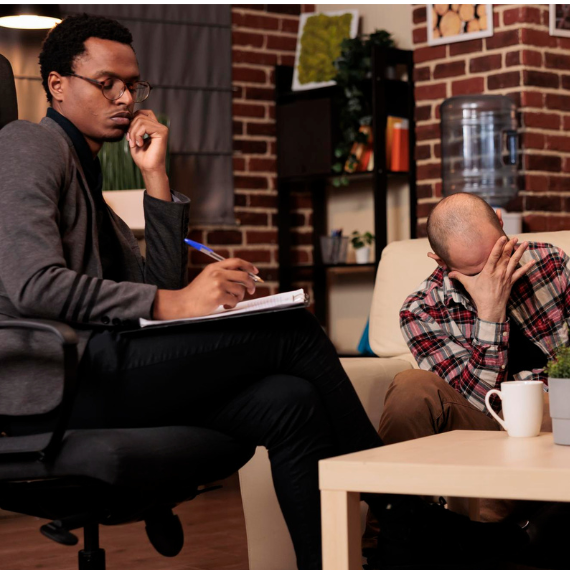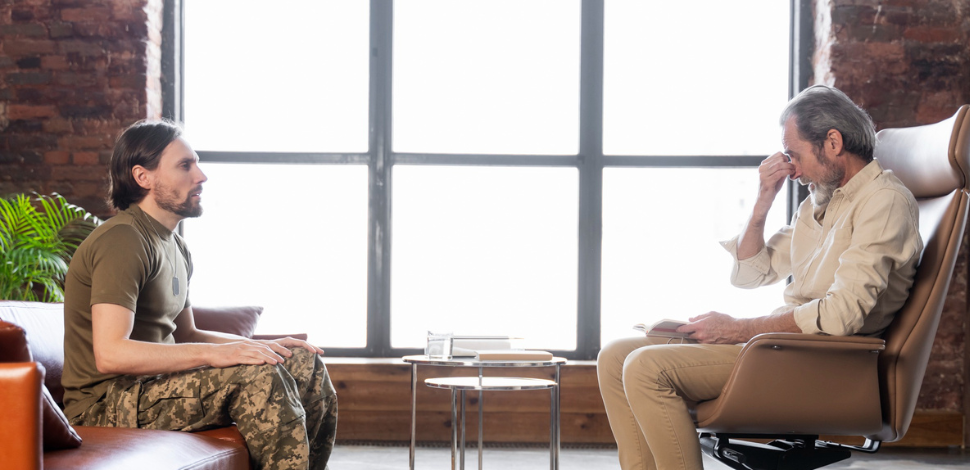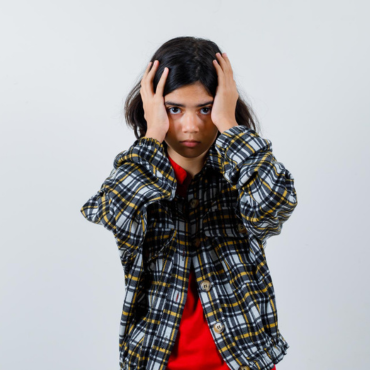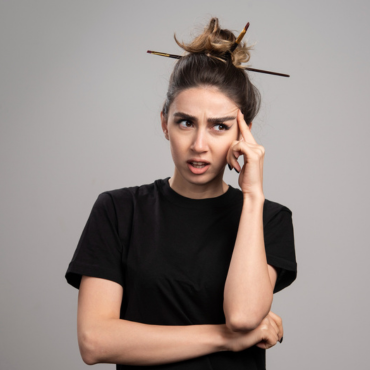- 3rd block,18th Main Rd, Bengaluru, Karnataka 560010.
Fear and phobias are intense emotional responses to certain objects, situations, or places, often triggered by past experiences or perceived threats. While fear is a natural and protective response, phobias are irrational and can significantly impact a person’s daily life. Phobias typically lead individuals to avoid specific situations or objects, which may limit their social interactions or professional opportunities. Common phobias include a fear of heights, spiders, flying, or social situations. The cause of phobias can vary, often rooted in traumatic events, learned behaviors, or genetic predisposition. Treatment for phobias generally involves therapies like Cognitive Behavioral Therapy and exposure therapy where individuals gradually confront their fears in a controlled environment.
These treatments aim to reframe irrational thoughts and reduce avoidance behaviors. In some cases, medication may be prescribed to manage anxiety symptoms. Overcoming phobias requires patience and persistence, but with the right support, many individuals can regain control over their fears and live more fulfilling lives. Fear and phobias, while related, differ in intensity and impact. Fear is a natural response to a real or perceived danger, whereas phobias involve excessive and persistent fear of something that is often harmless. Phobias can cause severe distress and may even lead to panic attacks in extreme cases. Treatment options for phobias include desensitization techniques, where individuals are gradually exposed to their fear in controlled environments to reduce the intensity of their response. Over time, with professional help and consistent effort, many people can learn to manage or even overcome their phobias.

Some phobias develop when someone has a scary experience with a particular thing or situation. A tiny brain structure called the amygdala eps track of experiences that trigger strong emotions. Once a certain thing or situation triggers a strong fear reaction, the amygdala warns the person by triggering a fear reaction every time he or she encounters that thing or situation. Someone might develop a bee phobia after being stung during a particularly scary situation. For that person, looking at a photograph of a bee, seeing a bee from a distance, or even walking near flowers where there could be a bee can all trigger the phobia, It's a response the brain has learned in an attempt to protect the person. It's as if the brain's alert system triggers a false alarm, generating intense fear that is out of the situation.
In addition to these physical symptoms, people may experience dread, a sense of impending doom, fear of losing control, or even the feeling that death is imminent to avoid such feelings, people with phobias may avoid any situation where they might potentially encounter the source of their fear. The exact causes of phobias are not known, but it is likely that a combination of factors plays a part. Some factors that increase the risk of developing a phobia .Phobia is a response to something that is not a threat. This is why phobias are sometimes called irrational fears. The response is so intense it may interfere with your ability to function or perform daily tasks. Simply thinking about the feared item can trigger symptoms of anxiety. How much the phobia affects your life is called an impairment, and this can range from mild to severe. If you have a phobia, you might develop a fear response even if you’re not face to face with the item. The terms fear and phobia are often used interchangeably if you have a phobia of crowds, just thinking about a crowd could trigger shaking or sweating.

Overcoming fear and phobia involves a multi faceted approach aimed at reducing anxiety and helping individuals regain control over their lives. The first step is understanding the nature of the fear, recognizing its impact on daily functioning, and identifying the triggers that lead to distress. Therapy, particularly cognitive behavioral therapy , is widely used to address distorted thoughts and beliefs associated with phobias, replacing them with healthier, more realistic patterns. Exposure therapy, a key component, gradually introduces the feared object or situation in a controlled manner, allowing individuals to build tolerance over time. Relaxation techniques such as deep breathing, progressive muscle relaxation, or mindfulness meditation help manage the physical symptoms of anxiety, reducing overall stress levels. The goal is to teach the individual how to respond calmly and confidently when faced with fear inducing situations. In some cases, medication may be prescribed to manage severe anxiety, but this is typically used in conjunction with therapy rather than as a standalone solution.


